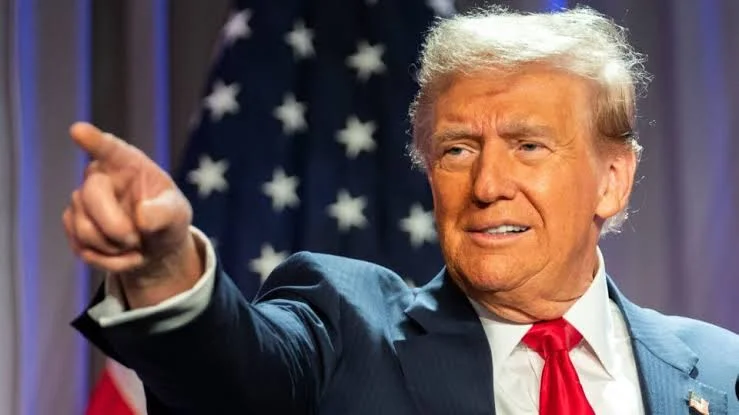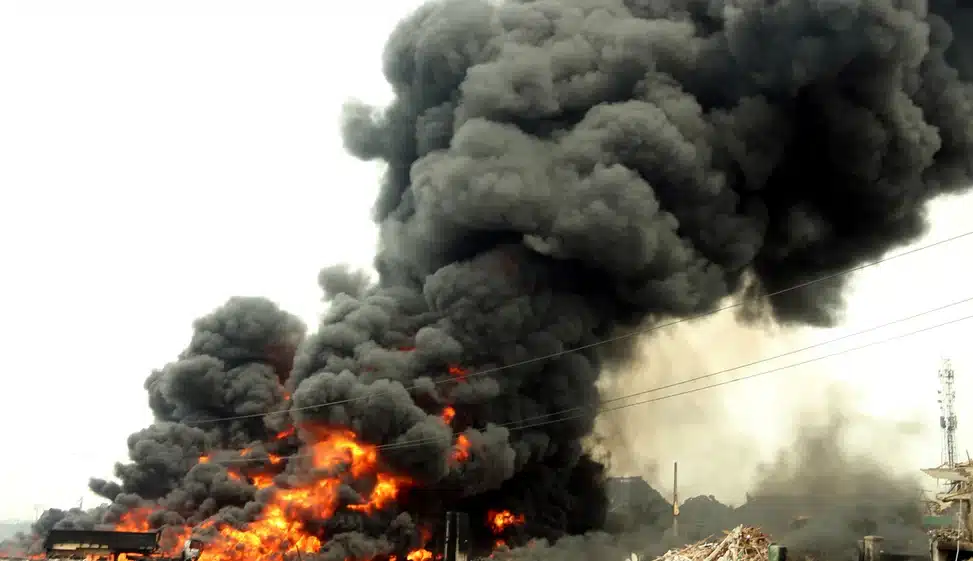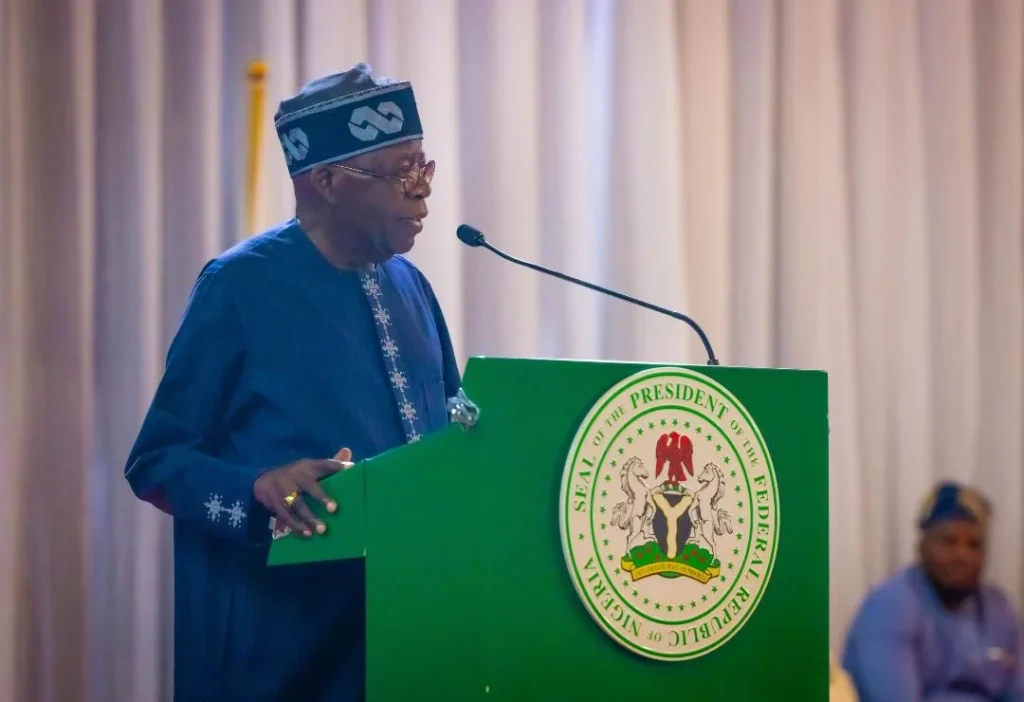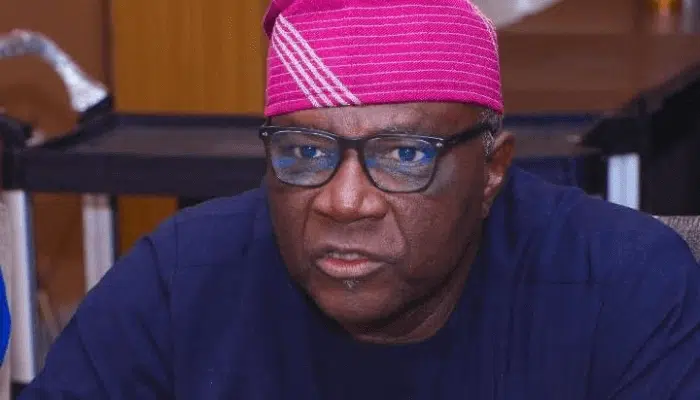President Donald Trump has imposed a new wave of tariffs on India, doubling existing duties to 50% across multiple export sectors. The decision, which took effect on Wednesday, follows India’s continued purchases of oil from Russia despite growing Western opposition.
The punitive measures, according to Reuters, cover more than half of India’s trade with the United States—amounting to $87 billion annually. Experts say Indian small and medium-scale exporters could see as much as 30% of their orders vanish, a blow that threatens millions of jobs across key industries.
Affected sectors include jewelry, seafood, textiles, and leather, which are heavily dependent on labor-intensive production. Exporters in India fear that buyers are already turning to Bangladesh and Vietnam as alternative sourcing destinations.
The impact is not merely economic. Political analysts describe the move as one of the steepest downturns in U.S.–India relations in decades. Critics argue that Trump’s approach singles out India while countries with higher levels of Russian oil imports, such as China, face less severe penalties.
Speaking on the matter, Wendy Cutler, Senior Vice-President at the Asia Society Policy Institute, noted:
“The high tariffs have quickly eroded trust between the two countries, which could take years to rebuild.”
She stressed that India had once been viewed as a top candidate for a favorable U.S. trade deal, but now stands among the nations facing the harshest tariffs in America’s trade history.
Frontpagenews.ng reports that the development marks a turning point in international economic diplomacy, one that may push New Delhi to seek new trade alliances while further testing the global supply chain resilience.












